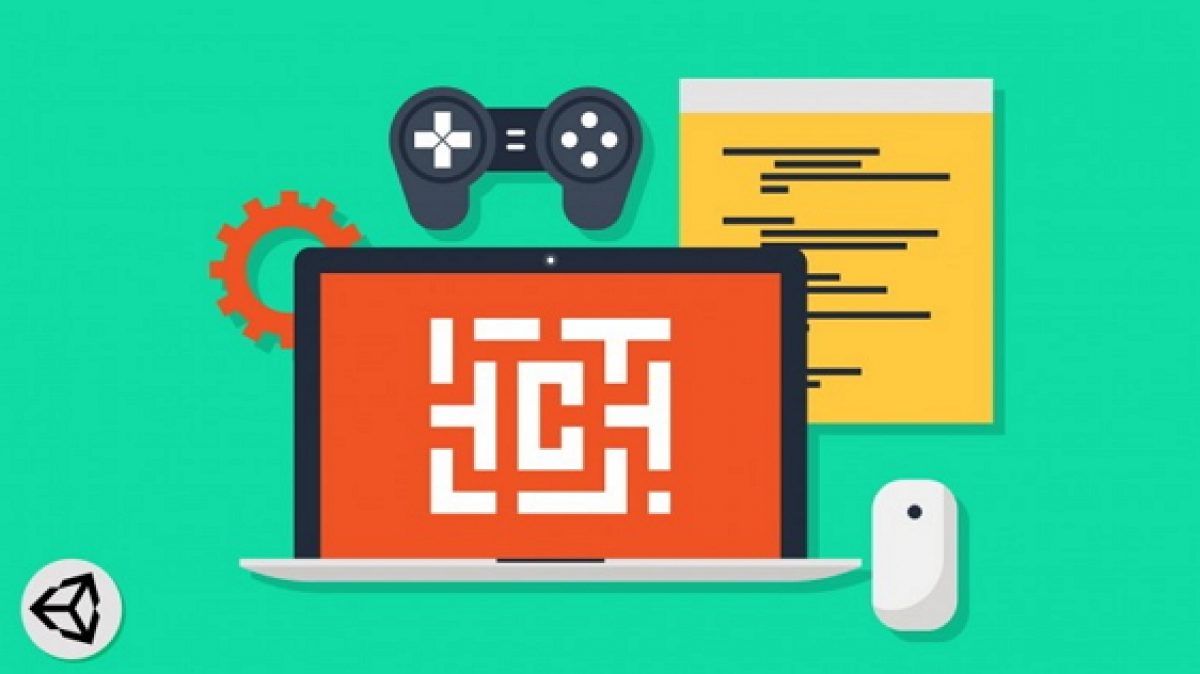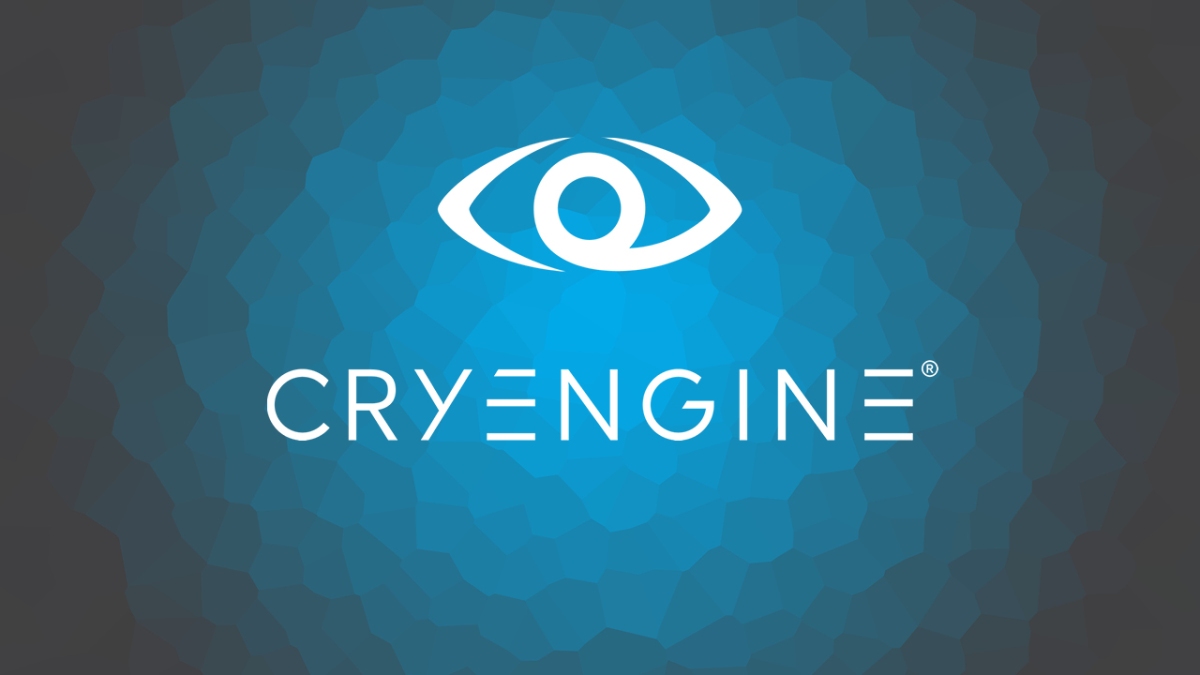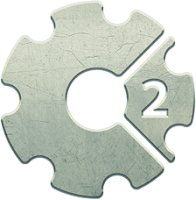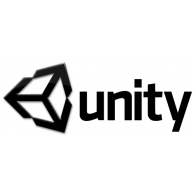CryEngine is a game engine designed by the German game developer Crytek. It has been used in all of their titles with the initial version being used in Far Cry, and continues to be updated to support new consoles and hardware for their games.
The CryEngine software development kit (SDK), originally called Sandbox Editor, is the current version of the level editor used to create levels for CryEngine by Crytek. Tools are also provided within the software to facilitate scripting, animation, and object creation. It has been included with various Crytek games (including, but not limited to, Crysis and Far Cry), and is used extensively for modding purposes. The editing style is that of the sandbox concept, with the emphasis on large terrains and a free style of mission programming. The editor can also construct indoor settings.
As opposed to editors like UnrealEd, which use a “subtractive” editing style that takes away areas from a filled world space, the Sandbox has an “additive” style (like Quake II). Objects are added to an overall empty space. The Sandbox’s concentration on potentially huge (in theory, hundreds of square kilometers) terrain, means that it uses an algorithmic form of painting textures and objects onto the landscape. This uses various parameters to define the distribution of textures or types of vegetation. This is intended to save time and make the editing of such large terrains feasible while maintaining the overall “real world” sandbox free roaming style. This is different from some editing styles that often use “fake backdrops” to give the illusion of large terrains.
In a fashion somewhat comparable to the 3D Renderer Blender, which can be used for game design, the Sandbox editor has the ability, with a single key press, for the editor to jump straight into the current design (WYSIWYP, “What You See Is What You Play” Feature). This is facilitated without loading the game as the game engine is already running within the editor. The “player” view is shown within the 3D portion of the Editor. The Editor also supports all the CryEngine features such as vehicles and physics, scripting, advanced lighting (including real time, moving shadows), Polybump technology, shaders, 3D audio, character inverse kinematics and animation blending, dynamic music, Real Time Soft Particle System and Integrated FX Editor, Deferred Lighting, Normal Maps & Parallax Occlusion Maps, and Advanced Modular AI System.






